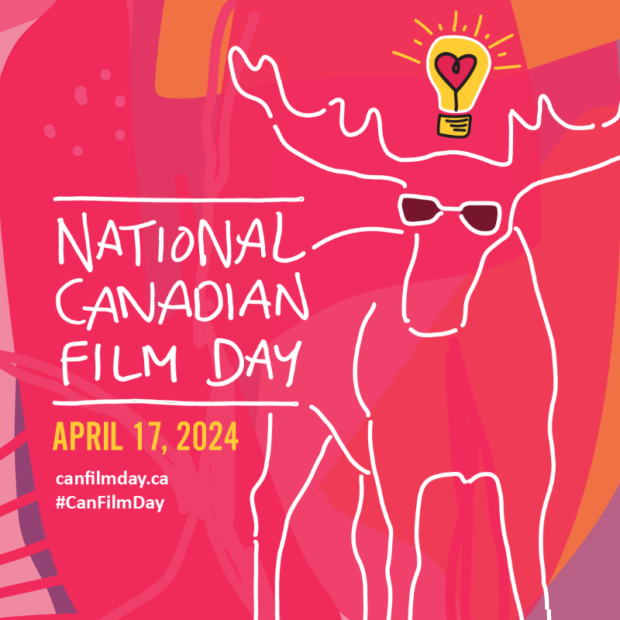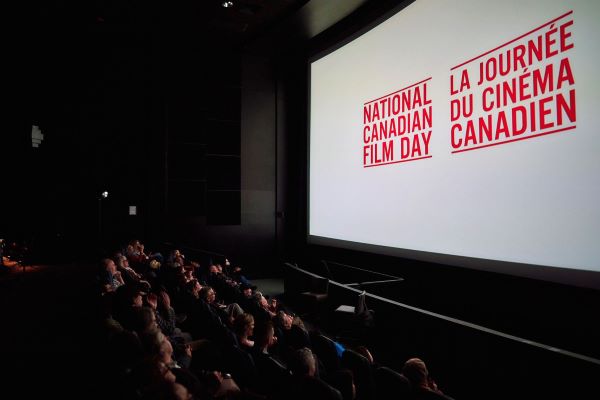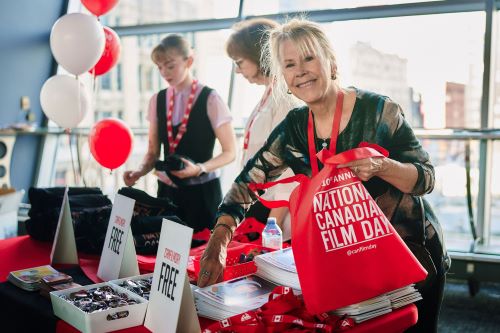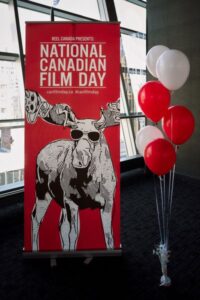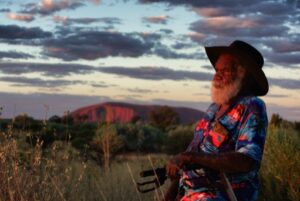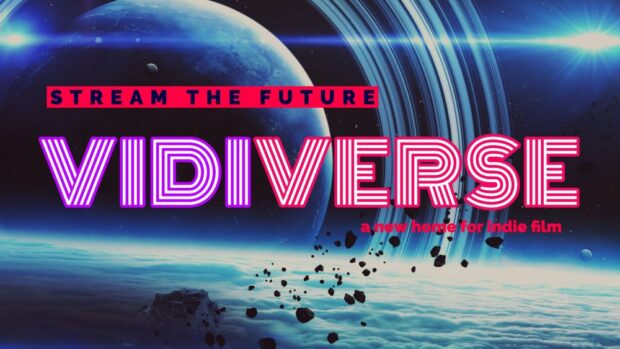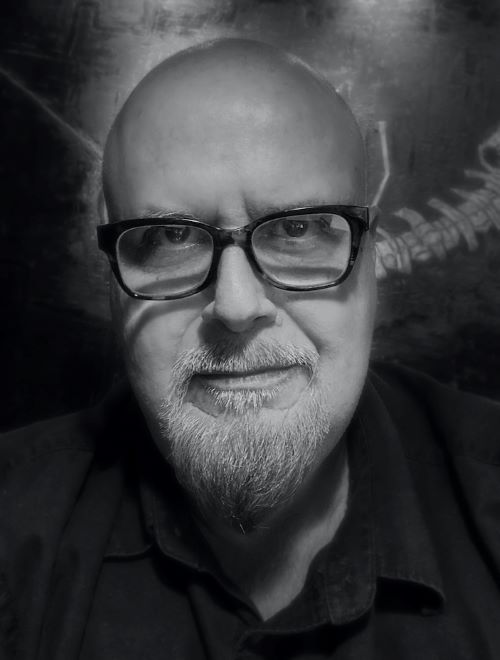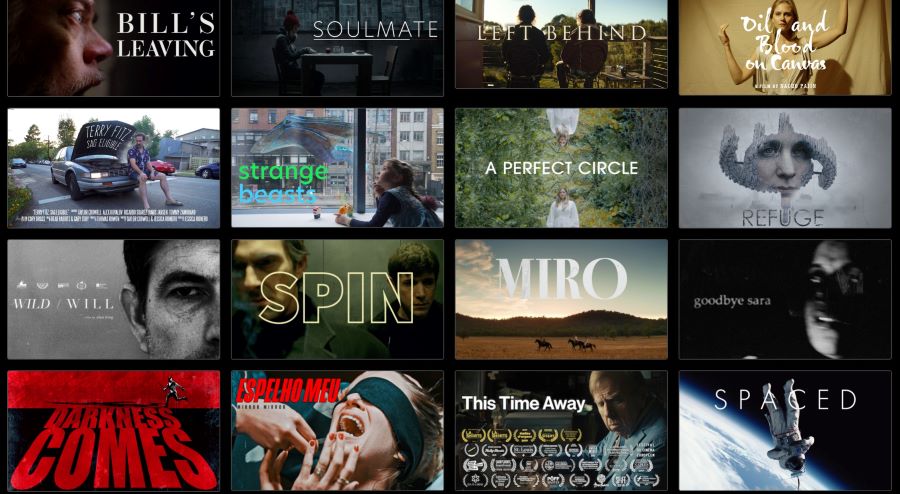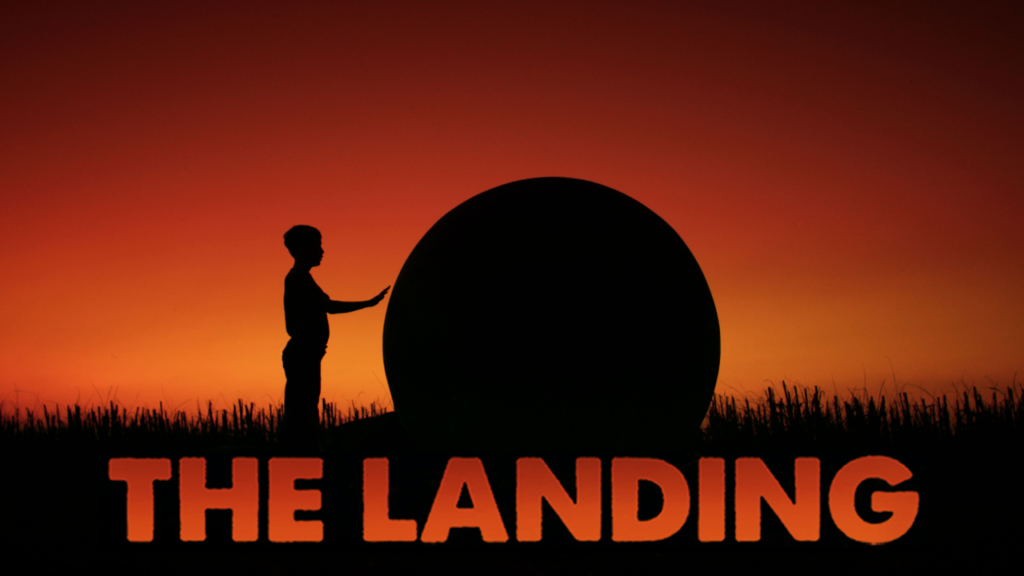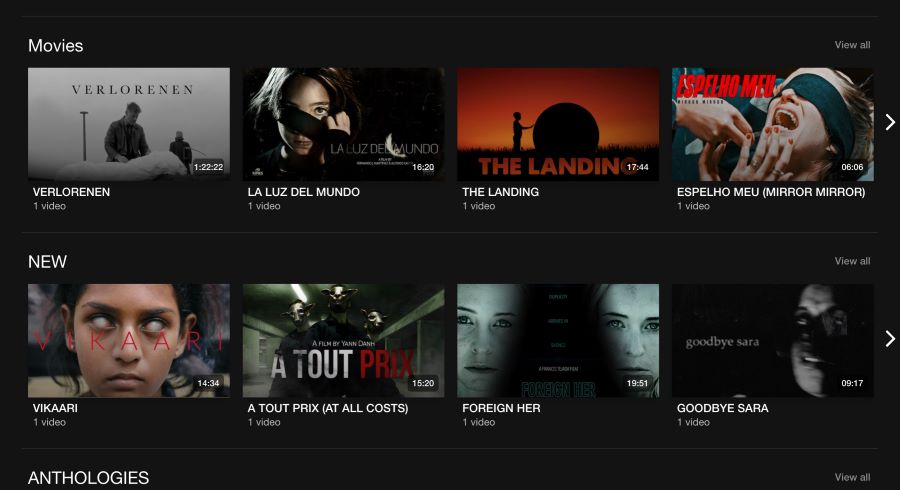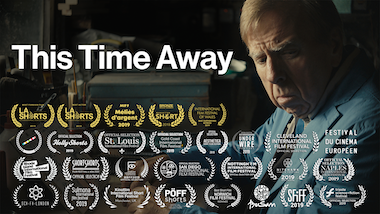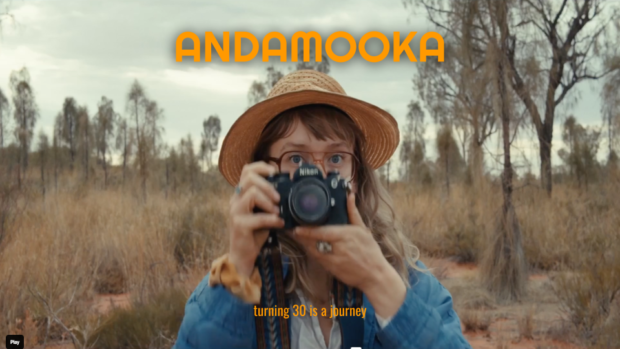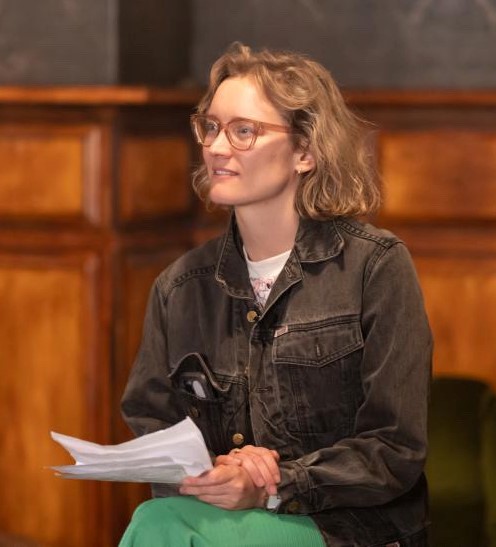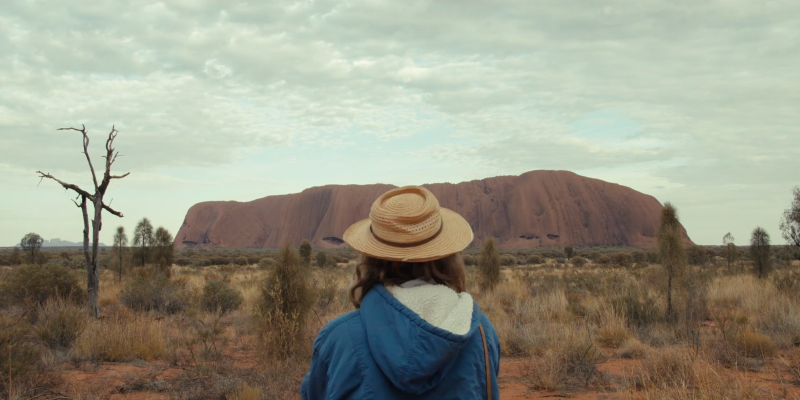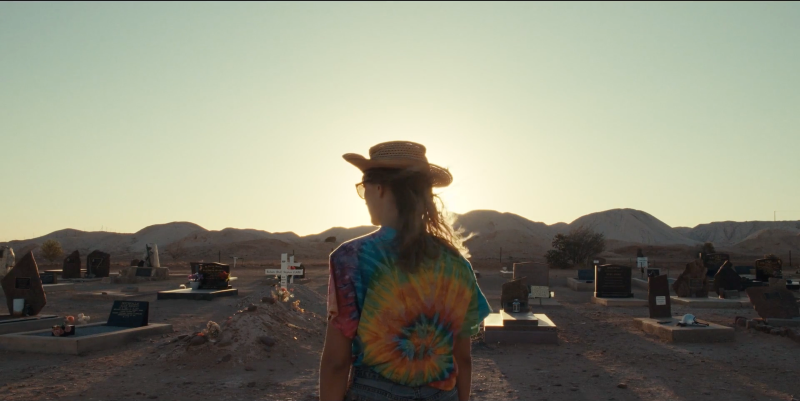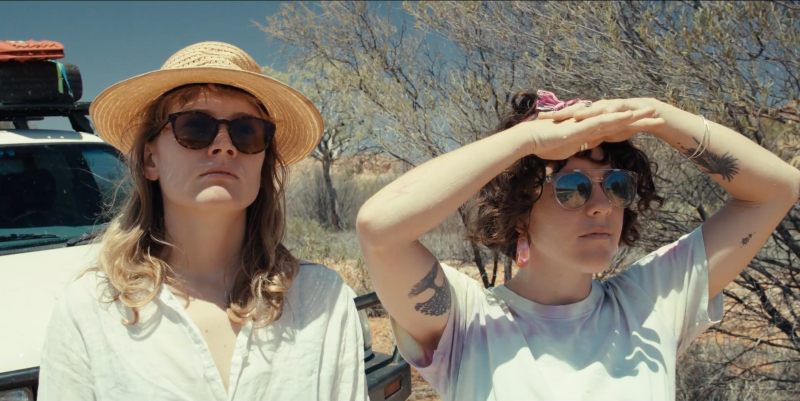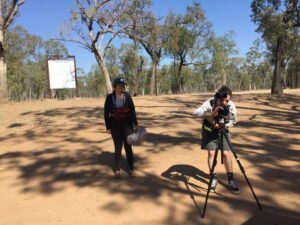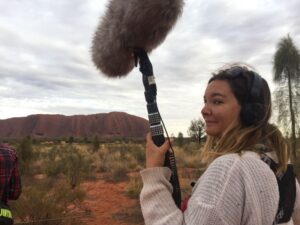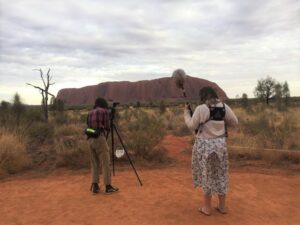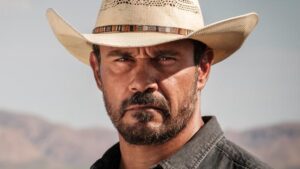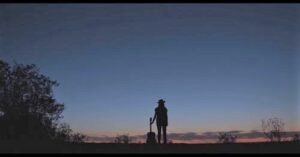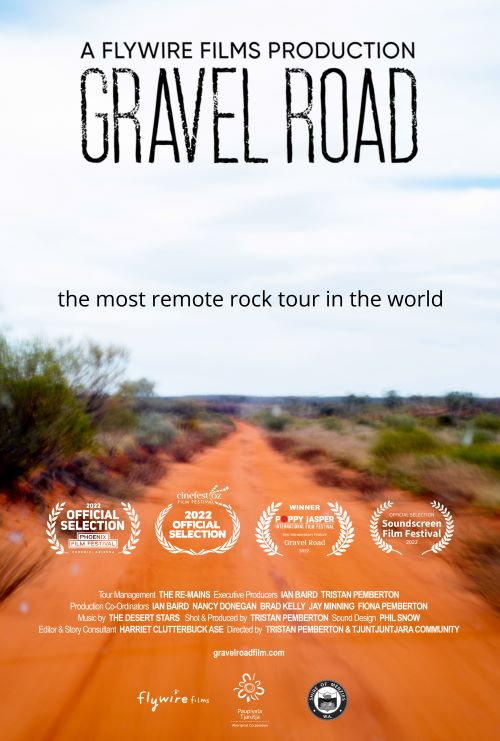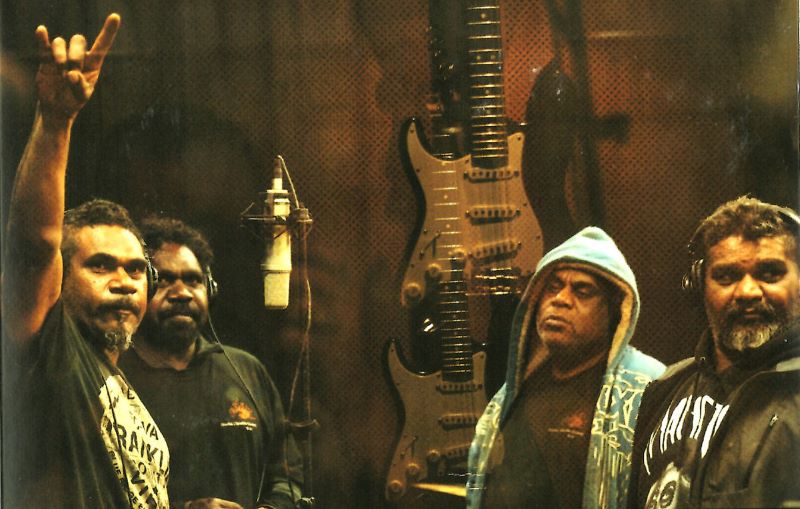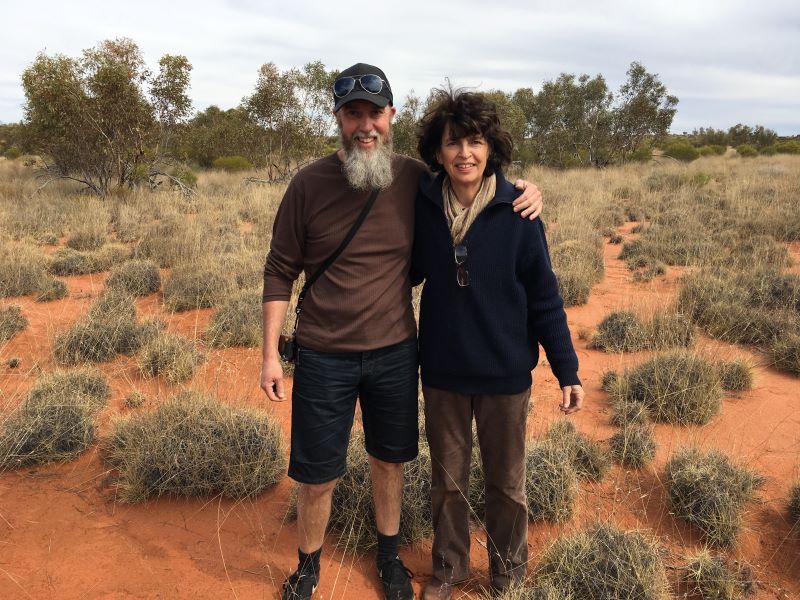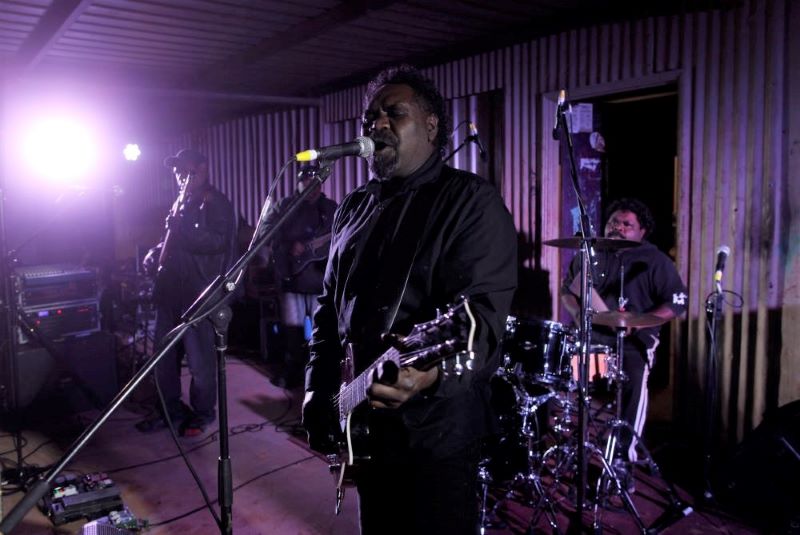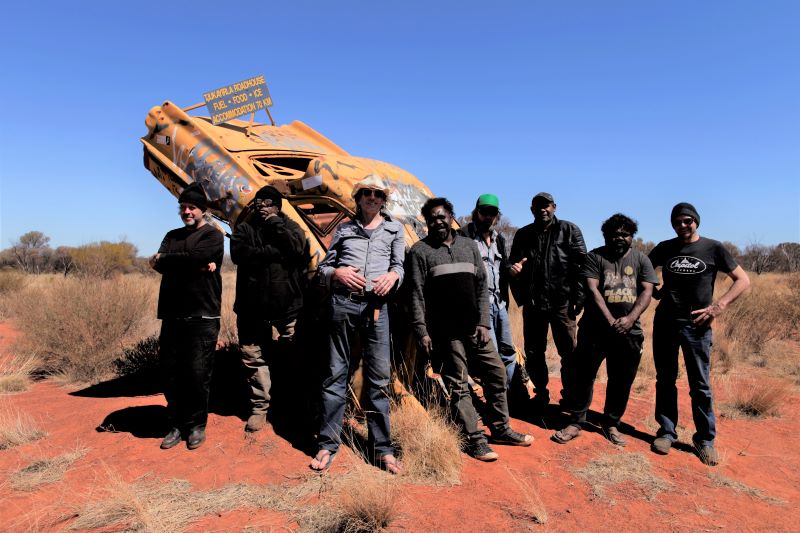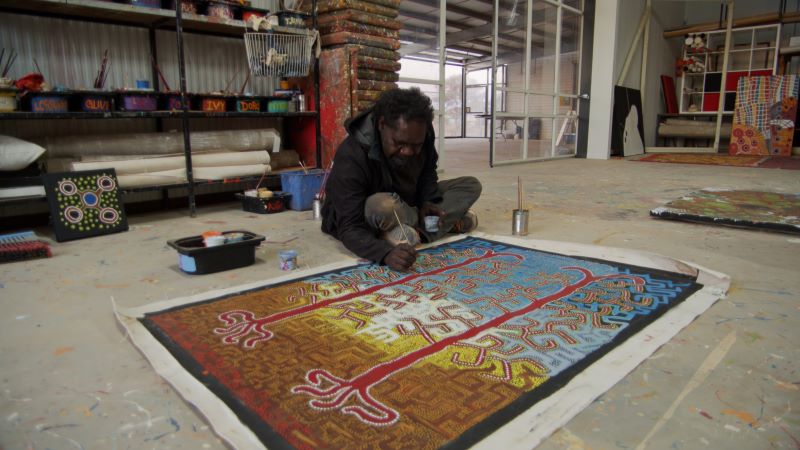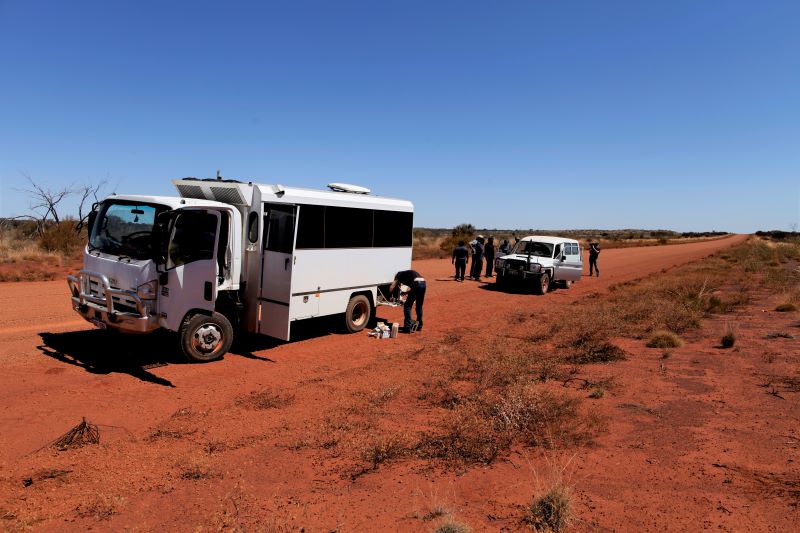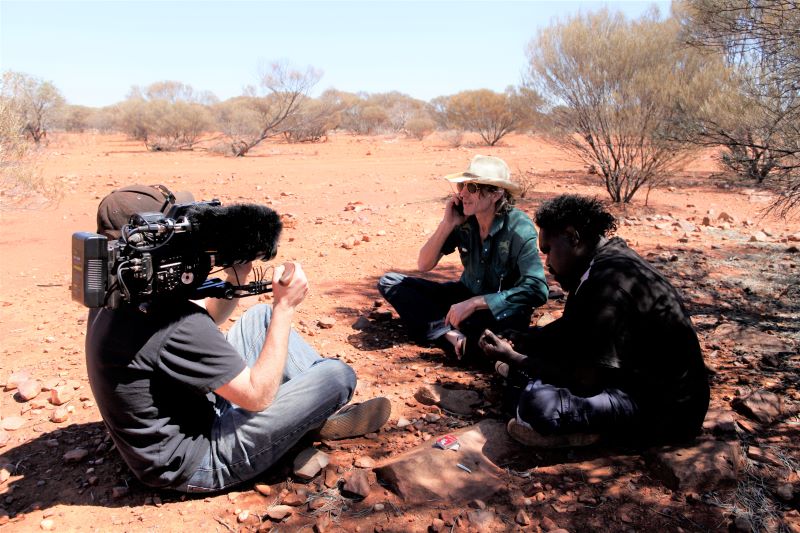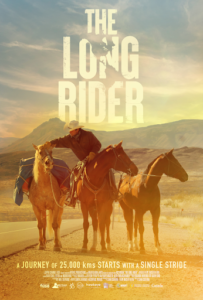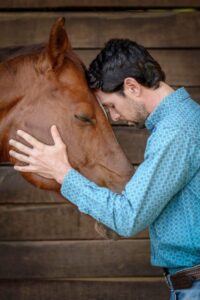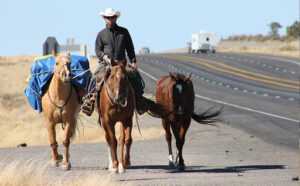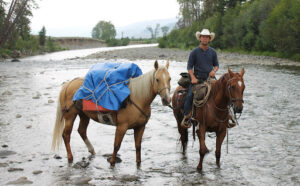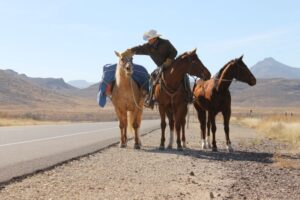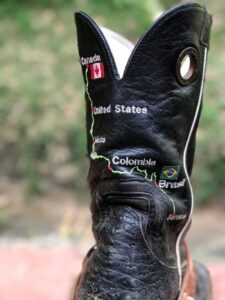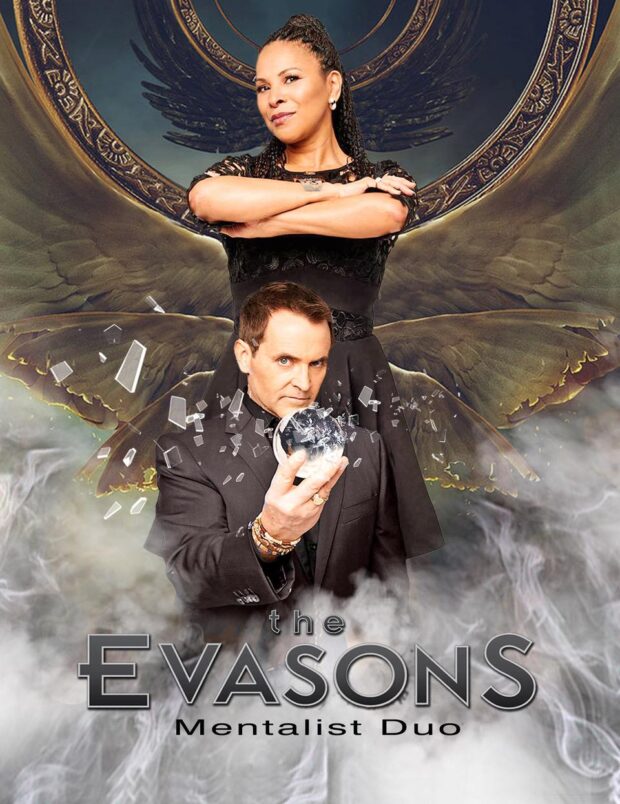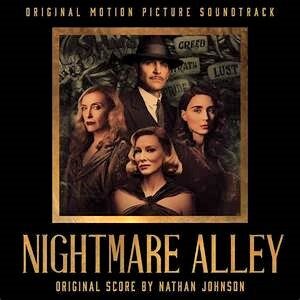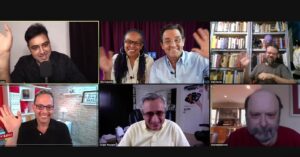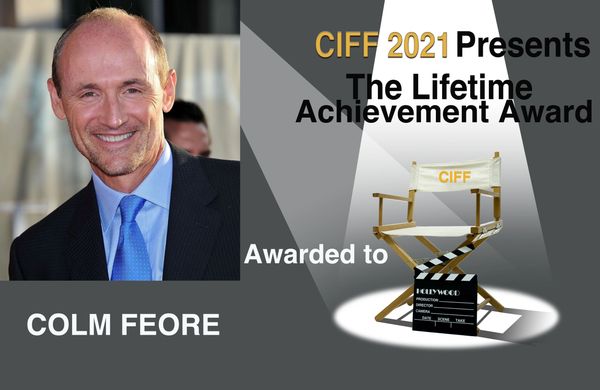The International Film Festival of Australia aims to recognize and honor exceptional artists, directors, producers, and the commendable works of feature films, short films, and documentaries from around the globe. The IFFA reaches out across all continents, unites cultures, and celebrates the power of storytelling. So after seeing numerous Instagram and Facebook posts (you know I love anything about my homeland of Australia) I decided to reach out and learn more about this new, diverse film festival.
When was the IFFA established and why – was there a specific creative gap to fill? IFFA was established in 2021 with its first Awards night in 2023. The International Film Festival of Australia (IFFA) is dedicated to celebrating the captivating world of cinema. As a key player in Australia’s film and digital industry, IFFA showcases outstanding work in feature films, short films, documentaries, and digital media. We are passionate about both local and international talent, and our mission is twofold: to promote Australian films globally and to bring exciting cinema to Australia. At IFFA, we firmly believe that art transcends boundaries, bridging gaps between cultures, nations, and communities. Through innovative storytelling, technological marvels, and raw human emotions, we strive to foster connections and create a global community united by the power of the silver screen. Who is the Founder and what is his background? The IFFA’s director and the creator who brought the festival to life is Jatinder Kumar (pictured below). Born in Delhi, India in 1980, he moved to Melbourne in 2007 and embraced an entrepreneurial spirit which began in India after he graduated from the University of Delhi in 2002.
Who is the Founder and what is his background? The IFFA’s director and the creator who brought the festival to life is Jatinder Kumar (pictured below). Born in Delhi, India in 1980, he moved to Melbourne in 2007 and embraced an entrepreneurial spirit which began in India after he graduated from the University of Delhi in 2002.  He encountered many people from the film industry and began networking with them; having always been interested in film, this began his passion for the world of cinema, culminating in the creation of his own production company, Creative Production Studio, with a short film shot and several projects in development, including a series and a feature film.
He encountered many people from the film industry and began networking with them; having always been interested in film, this began his passion for the world of cinema, culminating in the creation of his own production company, Creative Production Studio, with a short film shot and several projects in development, including a series and a feature film.
Kumar’s IMDb profile: https://pro.imdb.com/name/nm15864117?ref_=hm_prof_photo
This passion for film and cinema is what ultimately led Kumar to create IFFA. Born from the challenges he faced in his own career, IFFA represents his ideals for removing barriers of diversity within the industry, bringing all communities to one stage, and providing an opportunity for people of all backgrounds to showcase and celebrate their work. Starting a new festival from the ground up is no easy task, and Kumar had to wear many hats to bring his brainchild, IFFA, to life. The first annual IFFA (2023) had a great attendee turnout including local and international VIPs, such as consulates and international film stars and directors. Reception from guests, filmmakers and actors alike was one the biggest highlights, and the venue and sponsor support was phenomenal. More than that, support and submissions flowed in from around the world, which was the best proof of IFFA’s concept and reach. (Canadian Consulate representative pictured below L) Does the Festival target emerging filmmakers or does it embrace established, more mature creators? The festival targets both emerging and established filmmakers on the one stage.
Does the Festival target emerging filmmakers or does it embrace established, more mature creators? The festival targets both emerging and established filmmakers on the one stage. With the numerous online platforms for viewing films, docs, shorts, etc. do Australian filmmakers embrace non-theatrical distributions for their projects and how does IFFA support that? Australian filmmakers have increasingly embraced non-theatrical distributions through online platforms, driven by the need for wider audience reach and the flexibility of digital viewing.
With the numerous online platforms for viewing films, docs, shorts, etc. do Australian filmmakers embrace non-theatrical distributions for their projects and how does IFFA support that? Australian filmmakers have increasingly embraced non-theatrical distributions through online platforms, driven by the need for wider audience reach and the flexibility of digital viewing.
IFFA supports this trend through:
- Partnerships with Streaming Platforms: We are open to collaborating with leading online platforms to showcase films globally.
- Promotion and Marketing Support: We promote films on our website, social media, and through press coverage.
- Dedicated Non-Theatrical Awards: We recognize excellence in online releases with our annual awards night.
- Networking Opportunities: We facilitate connections between filmmakers and digital distributors.

 Being based in such an isolated country, how does IFFA reach out to filmmakers and industry creatives from around the world? IFFA employs several strategies to connect with the global film community:
Being based in such an isolated country, how does IFFA reach out to filmmakers and industry creatives from around the world? IFFA employs several strategies to connect with the global film community:
- Online Submissions and Networking: We use a robust online platform for film submissions, making it easy for filmmakers worldwide to participate. Our virtual networking events also facilitate global connections.
- International Partnerships: IFFA collaborates with international film festivals, industry organizations, and cultural institutions to foster global relationships and cross-promotional opportunities.
- Social media and Digital Marketing: We leverage social media and digital marketing campaigns to engage with a global audience, keeping filmmakers and industry professionals informed about festival updates and opportunities
- Festival Ambassadors: We appoint festival ambassadors in various regions to promote IFFA and encourage submissions from their local film communities.
Through these efforts, IFFA successfully bridges the geographical gap and maintains a strong global presence, ensuring diverse and international participation. Does IFFA offer any online/streaming of the awards or special screenings for those of us around the world? IFFA does not offer online streaming, but we hope to stream the annual awards night through our website in the future.
Does IFFA offer any online/streaming of the awards or special screenings for those of us around the world? IFFA does not offer online streaming, but we hope to stream the annual awards night through our website in the future.
You can follow the Festival’s activities via social media:
Instagram: @iffaawards
https://www.facebook.com/iffaawardss
https://www.tiktok.com/@iffaawards
and their website: https://www.iffa.com.au/
Well congratulations to Kumar and all at IFFA and we’ll look forward to this year’s festival later this year, on the 5th of November at the Palms at the Crown Casino in Melbourne.









